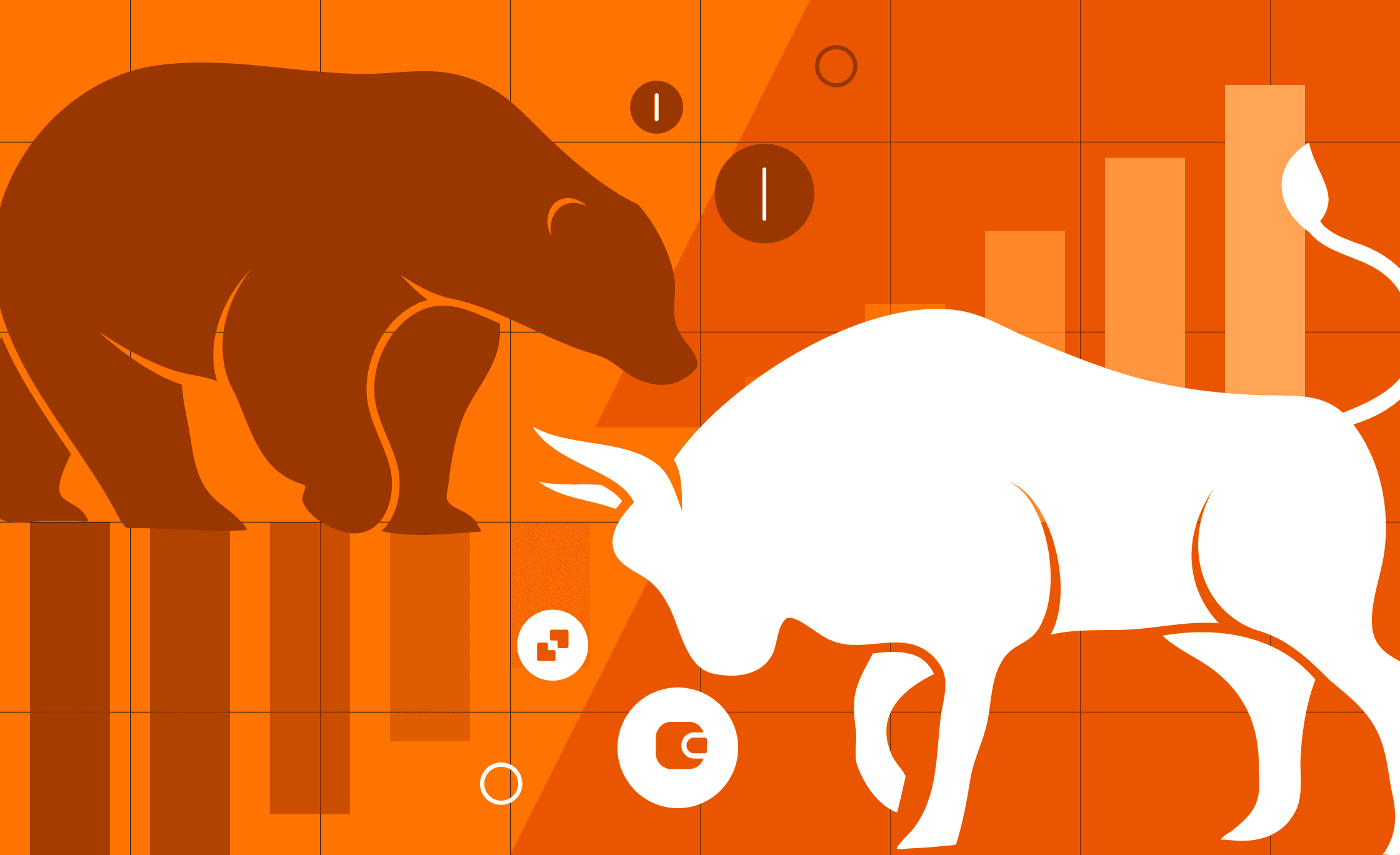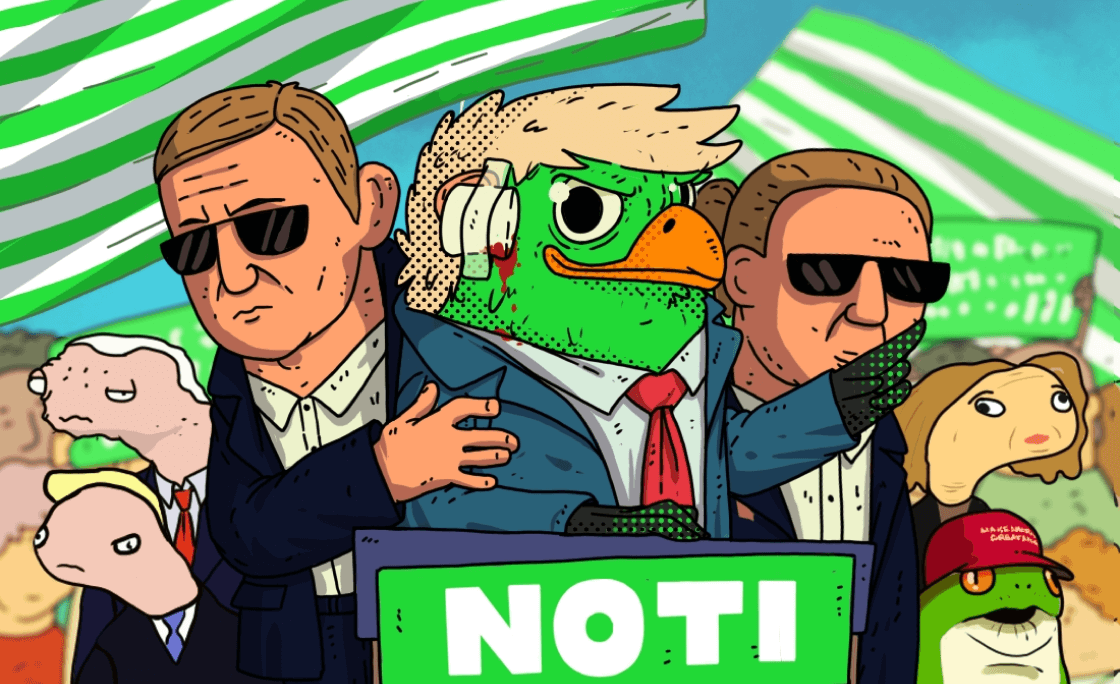
Using a DeFi Sniper Bot Safely: Protect from Hacks, Scams and Frauds
Learn how to use DeFi sniper bots safely to protect your investments. Discover best practices to avoid hacks, scams, and frauds while navigating the DeFi ecosystem.

Liquidity sniping is a technique used to capture early DeFi liquidity opportunities in crypto markets. In practice, it usually refers to two scenarios: token launch and token pair launch.
When a project launches its token for the first time, all of the pent-up demand for this token is at play. Either as short-term speculation or with hopes of real value of the project being reflected in the token’s price in the long term, traders want to buy up the new token as soon as possible.
Technically, new tokens are also launched in pairs. However, this scenario refers specifically to when a new pair is created for a token that has already been launched. While this usually carries less hype than the initial launch, there is also an opportunity to gauge success based on the previous pair launches for this token.
For traders engaged in liquidity sniping, it enhances their trading efficiency by getting them into a position as soon as possible, ahead of others, and ahead of the ensuing price movements. It can lead to significant profits since price action immediately following a token launch event can be both quick and strong, with 10x price growth not uncommon in the first hour of trading. In such a scenario, every second counts.
Before diving too deeply into the nuances of liquidity sniping, it’s a good idea to review some key concepts:
A liquidity sniping bot is a tool designed to automatically execute trades when liquidity conditions are met. Sometimes, that condition is as simple as a token being available for purchasing by liquidity being added to a block. At other times, it could be a certain price or market conditions that trigger a purchase or a sale of the token. In either case, the liquidity sniper bot is relied upon to execute the order as intended and to do so as quickly and advantageously as possible.
Among the obvious benefits of liquidity sniping bots are that they speed up transactions, capture early liquidity, and reduce manual trading errors. By their nature, bots work quickly and decisively. And in a game where one second can be the difference maker between a big win and a devastating loss, the best bot is highly desirable.
Unlike centralized exchanges, decentralized ones (DEXs) don’t have their own token supplies to facilitate trades. Instead, they rely on individuals to supply one or both tokens for each token pair — aka liquidity — in return for a fee usually derived from the fees people pay every time they trade one asset for another. Any token pair is also called a liquidity pool because, in essence, each token in the pair provides liquidity for anyone trying to sell or buy the other token.
As one can imagine, there can be hundreds of liquidity pools for the same token pair (one per each DEX) and even more liquidity for a single token paired with all kinds of other tokens. Sniping bots can keep track of all this liquidity to exploit it for profit based on programmable conditions.
From its description, sniping is the easiest thing in the world. But money still doesn’t grow on trees. And good sniping requires — at a minimum — a good sniper bot and a good strategy.
Now that sniper bots have been proven effective and quite lucrative at sniping liquidity, the market is becoming a bit saturated. Every sniper bot claims to be the best. But how does one really know? Here are some features to look for:
Any good strategy starts with Identifying opportunities to exploit. How does one spot a promising liquidity pool? Perhaps by looking at the team behind the token, their community momentum, use cases and revenue projections, problems solved, etc. Market analysis is important. It’s both a science and an art form, with many trying to come up with models and approaches. In Noti’s case, human research is supplemented by predictive analytics of a trained AI model.
Once you have identified the juiciest opportunities, it’s important to get your timing right and make sure your transaction executes as planned. As a rule of thumb, you want to be the first to snipe liquidity because of the common price spike following the launch followed by a fall. It’s one thing to be a second late in human trading. But with bots, a delay of a few seconds may mean hundreds of orders being executed below yours, to the point where your order may be someone’s exit liquidity.
Like any other strategy, liquidity sniping has its pros and cons, both of which should be considered carefully before engaging in sniping activities.
Since the topic of sniping liquidity is new to many traders, certain questions often come up.
Trading can take many forms, including algorithmic trading and High-frequency trading (HFT). Liquidity sniping refers specifically to using a bot in order to take advantage of early liquidity infusion opportunities such as a new token launch or a new token pair launch.
Sniping bots can be technically complex, though they usually come with instructions. If you’ve never sniped before, a user-friendly bot like Noti is recommended.
Yes. Any automated trading has risks associated with sudden market movements and the actions of other sniping bot users. So risk management is important. Bots also tend to be vulnerable to front-running and rug-pull attacks (though Noti has built-in protections against both).
Absolutely, especially with user-friendly sniping bots. Sniping bots can yield large profits for small investments but can be risky as well. So beginners should plan their trades carefully and start with small amounts of capital.
For those looking to snipe liquidity with the most user-friendly, secure, and effective sniping tool, the Noti sniping platform is the obvious choice. And getting started is easy.
Sometimes, it really is that easy. To use Noti, connect with your favorite crypto wallet and you’re pretty much ready to snipe.
Once you’ve determined which liquidity you want to snipe (or select one from Noti’s list of the most popular token launches), it’s as simple as:
Indicate which token you want to snipe
Indicate how much you want to spend on it
Place the order
For those used to older generations of sniping bots, this sounds shockingly easy. Yet this is exactly how good UX should be.
Every crypto sniping bot has a library of educational resources: tutorials, guides, and community forums. Some have good support in Telegram and other channels (and some infamously don’t). Try out the resources from the bots you like the most and don’t be afraid to ask questions from the community.
If a strategy works — great! But can it be optimized? Effective liquidity sniping is a combination of great research, great tools, and great timing. It’s always a good idea to start with a small amount first and to set a very specific time interval or price goal. And stick to it!
One of the most common pitfalls is the hubris of thinking that just because something worked once, it will always work. Luck is a thing. Good and bad. A great strategy will not win big every time, but it will win more than it loses. Protecting your capital is important. Letting go of opportunities that are too risky is ok. Patience and persistence tend to pay off.
To sum it up:
As a final thought, it’s silly to go against technology when it’s an order of magnitude better than the old ways. Cars are just better transportation means than horse-drawn carriages. Bots are quicker and more precise than humans. But it’s still humans placing orders. So one should really do his research well and take the time to fully get comfortable with the chosen bot for liquidity sniping.
Share this article

Learn how to use DeFi sniper bots safely to protect your investments. Discover best practices to avoid hacks, scams, and frauds while navigating the DeFi ecosystem.

Crypto Market Sentiment: How it affects token sniping strategies in bull and bear markets? Learn how crypto sentiment tools can help maximize sniping opportunities.

Discover how Noti’s Ethereum sniper bot helps you snipe ETH tokens, Ethereum meme coins, and more. Learn how to snipe tokens on ETH and stay ahead in the crypto market.

Discover how Noti Sniping Platform transforms Web3 UX with its user-friendly approach. Explore the benefits of this intuitive crypto sniping tool and why it stands out in the world of complex crypto tools.

Learn how to identify and avoid meme coin scams and high-risk crypto coins. Discover essential tips for spotting fraudulent tokens and safeguarding your investments.

Don't miss out on the next big political memecoin! Get expert tips on investing and profiting in this wild market.
Get exclusive bonuses, free tips,
snipe tutorials, and project updates